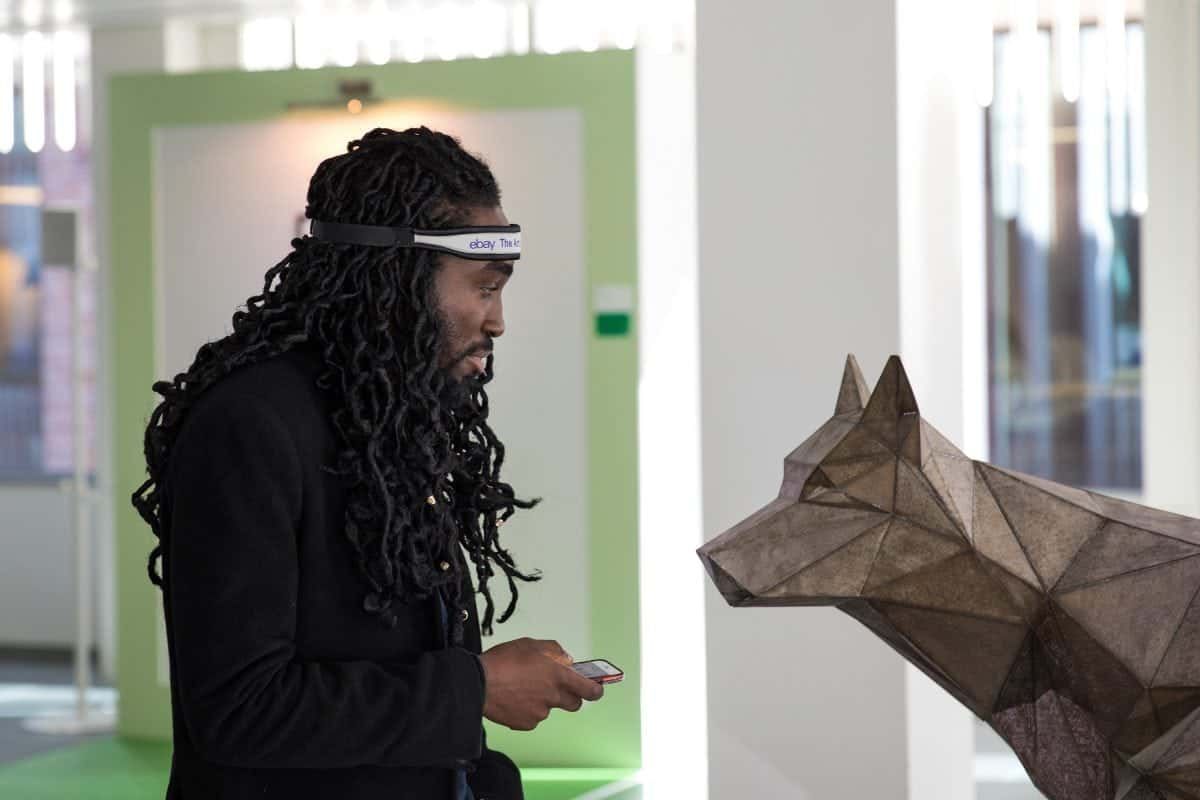
Shoppers of the future could be kitted out with electroencephalogram headsets to find the items they really love, according to neuroscience experts.
The world’s first subconscious shopping experience was unveiled this week in London giving a glimpse of how shopping could look in the future.
The headsets were worn by guests at a revolutionary new concept space to unlock micro-moments of inspiration.
An art-fuelled space combined visual cues found in displayed artworks with items from the eBay marketplace which produce a similar psychological response.
Personalised shopping carts were then presented to shoppers at the end based on their unique experience.
Rob Hattrell, Vice President of eBay UK, said: “Shopping has always been intensely personal.
“It’s an expression of what makes you, you.
“This year, we want to put inspiration back into shopping and encourage people to find what they love.
“We want to be there for consumers when inspiration strikes and offer a more personalised shopping experience.
“Through The Art of Shopping we’re exploring this in a fun, engaging way but the integration of Interests at the end of the year gives a glimpse into how we see the future of shopping on eBay.”
Later this year, eBay will unveil a new homepage experience built on artificial intelligence and machine learning to provide shoppers with an unsurpassed level of personalisation.
eBay Interests will deliver a tailored browsing experience; based on real shopping behaviour, serving up inventory and content tailored to shopper’s personal style, interests and activities or passions.
RELATED
https://www.thelondoneconomic.com/must-reads/police-officer-filmed-waltzing-sprightly-pensioner-shopping-centre/16/06/